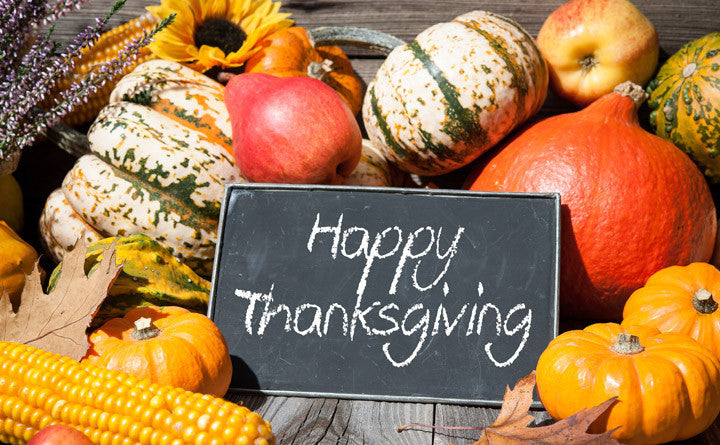Most people look forward to Thanksgiving Day for one reason – ample amounts of delicious foods to enjoy. The number one food item that deserves the spotlight on this special day is the turkey. If turkey is the main course of your holiday meal, you need to understand how to properly thaw, prepare and cook it so you don’t make family and friends sick.
Here are some tips from the Centers for Disease Control and Prevention when it comes to preparing your Thanksgiving Day turkey feast:
- Thaw the turkey completely. You can thaw it in the fridge, in the microwave or in a sink of cold water (with the water being changed every half hour). Once a turkey starts to thaw, keep an eye on it as it can quickly enter the “danger zone” when bacteria start to grow. Keep the turkey below 40 degrees Fahrenheit until fully thawed.
- When handling the turkey, wash your hands thoroughly, as well as any utensils, plates or pans you may be using along with it.
- If you are planning on stuffing your turkey, prepare the stuffing beforehand in a casserole dish. Place it in your turkey right before putting the bird in the oven. Check the stuffing occasionally with a food thermometer. It is thoroughly cooked once the internal temperature reaches 165 degrees Fahrenheit.
- When cooking the turkey, be sure your oven is set to at least 325 degrees Fahrenheit. The turkey should be completely thawed before putting it in the oven. Cooking times will vary depending on how much the turkey weighs. To check for doneness, use a meat thermometer to test the thickest portions of the bird. Temperatures should be at least 165 degrees Fahrenheit.
- Let the stuffing sit in the turkey for at least 20 minutes before serving.
Enjoy your Thanksgiving Day feast. Remember to eat the turkey in moderation so you still have space for dessert!


